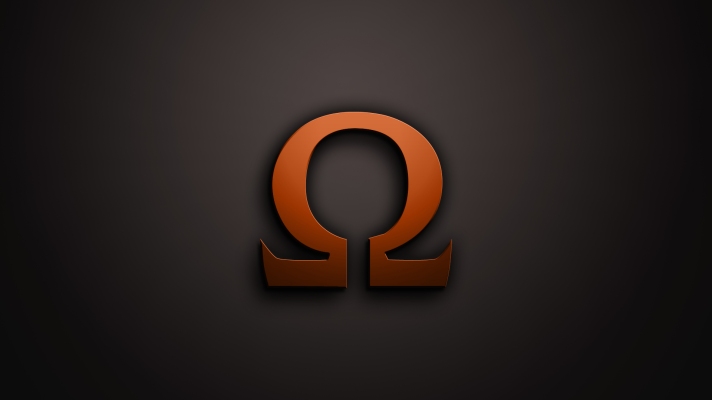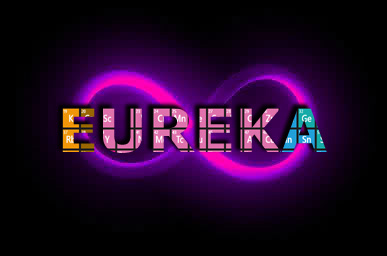1941
It’s been a while at the machine shop and frankly I need a break. Even Monique has been asking me to quit working so hard and relax for a bit. I think she is right. The work was so exciting in the beginning. Now it is mostly routine and I want to do something different for a change. Maybe I will just go for a hike in the Alps, take Linus along with me. Maybe even hunt some game while I am at it. I know Linus would love that!
—-
So I am here in the Jura Mountains and plan to spend the next two weeks here. I went for a hike today. A fine morning prevailed when I set out. There was the slightest of breeze, gently stroking the exposed skin of my face and ruffling up Linus’ hair. Linus loped along easily beside me as I set out on a brisk walk with my hunting rifle slung easily across my left shoulder. After a lengthy but invigorating hike, I returned back home at around mid-day, empty-handed. Either I am getting particularly bad at shooting or the birds have become especially adept at eluding shots from the hunter’s rifles.
As usual when I got back, Monique kicked up a row about Linus making a mess inside the house so I went out to clean him and I noticed that there were so many cockleburs clinging to his coat and mine. It is an irksome task removing them all because they attach themselves so well, it is hard to get them off. Anyhow as I removed them sticky little burrs, I couldn’t help but observe their structure and be fascinated by their design. So after cleaning Linus and myself up, I took the burrs and observed them under a microscope. What I saw was pure genius. There were these tiny hooks at the end of each burr which would very smartly attach themselves onto small loops in my socks or my dog’s fur.
This has now set me thinking. I was wondering if I could somehow replicate this mechanism and create some sort of an attachment device for fastening things together. This would make life so much easier. Perhaps even the zipping system could be done away with if this works.
1948
I have actively begun working on developing a prototype and have been conferring with several fabric and cloth experts in Lyon. It isn’t an easy job though – convincing the weavers to help me out. Most of them are pretty dismissive of my idea. However, I am not giving up so easily. I went to ten of them weavers yesterday, I will go to twenty others tomorrow till I find one willing to help me out.
—-
So I finally found this guy who shared my passion for inventing things and has agreed to make the hook and loop fabric for me. However, the few initial trials have not been very successful. Either the loop or the hook are too big and just don’t fit right. One weaver, working on a small loom by hand, managed to weave two cotton tapes that, when pressed together, fastened just as strongly as the burrs did. Maybe this might work after all.
1955
So I have finally been granted a patent for my invention. Combining the French words VELours (meaning “velvet”) and CROchet (meaning “hook”), I call the hook and loop fastener VELCRO. I also hope to receive patents for the product in Germany, Great Britain, Sweden, Italy, Holland, Belgium, France, Canada and the US soon.
May 13, 1958
The trademark name Velcro has officially been registered. Having already quit my job at the firm, I now plan to obtain a $150,000 loan to perfect this concept and establish my very own company to manufacture hook and loop fasteners.
1960
I have a wonderful news. The space agency NASA has decided to use velcro in its space suits and space mission. This could give velcro the much needed boost to its popularity and also pave the way for its applications to a variety of other fields. All these years I have been so preoccupied with the designing and patenting of the product that I have given little thought and consideration to its applications. I realize now, that any product, no matter how ingenious it might be, fails to stick if it doesn’t have a viable commercial application. But now, after years of struggle, things have begun to look more optimistic and hopefully velcro will stick around for a long time to come.
[Disclaimer: I, the author, Purvi Asthana, have taken some liberties with the article and fictionalized it to a certain degree. Mestrel’s dog’s name “Linus” for instance is purely fictitious. I could not find its real name so had to use a substitute instead.
Picture Credits: Lavanya]













